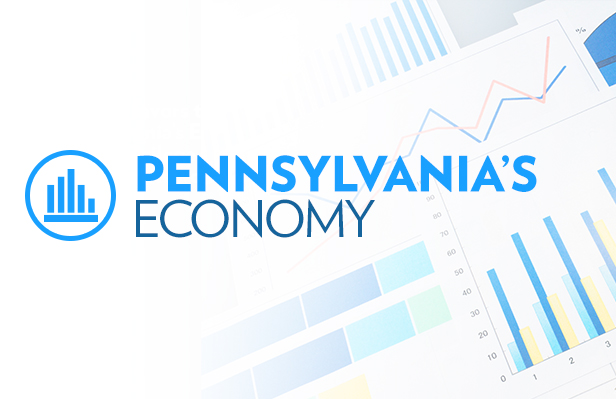Media

Economic Freedom and Flourishing in Pennsylvania
We live in a free country, but when it comes to our economy, Pennsylvanians aren’t free.
Unpredictable regulation makes owning a business a huge risk in Pennsylvania, and when it comes to income, investments, even inheritance—the government grabs a huge slice of the pie.
Licensing. Fees. Government monopolies. Taxes of every kind. Economic freedom isn’t just something economists quibble about; it has tangible impacts for Pennsylvanians.
One immediate impact is income. In the Fraser Institute’s Economic Freedom of North America Index (EFNA), the average income of residents in the freest states is 20x the income of the least free. Pennsylvania ranked 25th in the U.S.—so for the sake of our hard-working friends and neighbors, we need to do better.
Our biggest failure? Government Spending (no surprise there). Almost every year, our spending has grown, resulting in a higher tax burden and less take home income.
Chart: Pennsylvania's Total Operating Budget
Pennsylvania ranks 36th for [disability] insurance and retirement payments. Government pension contributions reached over $7 billion1 last year, and are expected to grow.
In 2017, lawmakers passed groundbreaking pension reform that transformed most pension plans from a defined benefit plan2, to either a defined contribution3 plan or two hybrid options.3 These reforms are expected to save the state $8 billion.
However, with over $60 billion in pension debt last year, more must be done—and quickly. To handle this crisis, legislators should pass another reform to switch the system to entirely defined contribution plans.
Pennsylvania can also improve our tax structure. The worst subcategory for the state was income and payroll tax, where we ranked 37th. While the state income tax is a moderate flat rate of 3.07%, Pennsylvania is one of only a handful of states that collect local income taxes with an average rate of 1.21%. However, the full burden in some jurisdictions is much higher. In Philadelphia, for example—the most populated city in the state—the local tax rate is 3.88%, which more than doubles income taxes for over 1.5 million city residents.
With six categories and additional subcategories, the Fraser Institute’s EFNA paints a holistic picture of economic freedom in Pennsylvania. Improving PA’s ranking requires a similar holistic approach, which includes the Taxpayer Protection Act (TPA). This constitutional amendment, which has advanced in the house and the senate, limits the growth of state spending to growth in the economy.
Allowing Pennsylvanians to keep more of their hard-earned incomes is the first step to increasing economic freedom for all citizens in the commonwealth.
1. This number includes the total state and local contributions for both state and local pensions from the United Census Bureau. Last year data was available for was 2018.
2. Defined as “a pension or guaranteed monthly payments for life.”
3. Defined as an option that allows you “to choose your own investments and assume the risk.”
4. Defined as “a combined retirement benefit, which includes a pension and investment plan.”